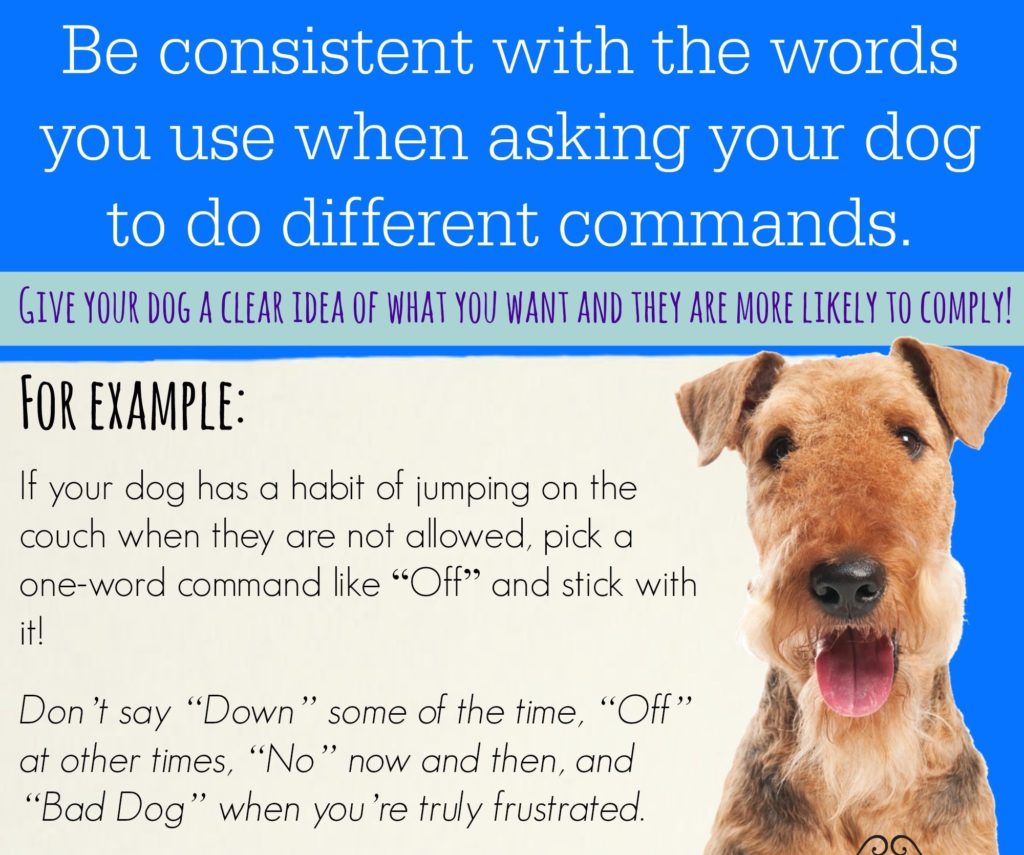Unknown Facts About Spring Canine
Unknown Facts About Spring Canine
Blog Article
8 Easy Facts About Spring Canine Shown
Table of ContentsRumored Buzz on Spring Canine3 Simple Techniques For Spring CanineGetting My Spring Canine To WorkNot known Facts About Spring CanineThe 5-Second Trick For Spring Canine
Pet dogs in the wild real-time by the guidelines of the pack. These regulations offer them well in that scenario yet we've asked them to live with us and our guidelines have to currently be followed.There are a couple of pet dog training basics to think about. The objective of training is to have a courteous pet who is confident and kicked back. Training reasserts your function as alpha and this makes your dog more comfy with his place in the pack. The objective of training is not to rob your dog of his eccentric qualities such as mischievousness and clowning.
Dogs can begin training as early as three months. Before that, their emphasis is unsatisfactory. Educating a pup can be a challenge initially but if you start with essentials such as "Sit!" and "Stay," your dog will certainly learn promptly. Older pets can definitely be trained and though they may be slower with the uptake, their calmer demeanor makes training less complicated. It is practical to supplement with publications and videos, your dog must attend at least a basic obedience class.
Spring Canine Things To Know Before You Buy

This will unwind your pet dog and offer him self-confidence. As a student, listen intently to your instructor and additionally observe what she does. Do not be worried to ask questions or request for extra aid. As an educator, correspond and develop a training routine for you and your pet.
A lot of obedience training methods today make use of favorable reinforcement (Dog Tips). Selecting a technique depends on which technique you are most comfy with, keeping in mind your canine's individuality.
The smart Trick of Spring Canine That Nobody is Discussing
Though the basic commands are comparable amongst numerous training techniques, one technique might be better for your pet than another. As an example, a shy Yorkie is much less most likely to respond well to a restorative method while a bull-headed Pit Bull will probably need a combo of positive and corrective support. Leave the day's frustrations out of the session. Picture Credit score: 825545, Unsplash The modern-day variation of typical training really started with Barbara Woodhouse in the 1950s. This technique uses physical corrections to train a canine. For instance, if you inform your pet dog to rest and he stays standing, you may offer a mild jerk on his collar or choke chain while lowering his rump.
This technique is considered to be obsoleted by lots of modern fitness instructors yet you'll find that some pet dogs (like that bull-headed Pit Bull) may react to this after stopping working with positive support training. This is just one of one of the most prominent current kinds of pet dog training and was introduced by Karen Pryor.

Fascination About Spring Canine
This is one more positive reinforcement technique yet the reward is not the organization with the clicker, but some sort of benefit. When you give the benefit, you should commend your pet dog in a high pitched encouraging voice.

This resembles what his mommy would certainly have done in the wild. This approach needs some study right into the behavior of pets but it can produce a very tight bond in between you.
You could also be interested in discovering about the cognitive features of dogs. This will help you recognize just how your canine assumes and will certainly make training less complicated.
Not known Facts About Spring Canine
When bringing a new canine home, it could be overwhelming to consider training. https://moz.com/community/q/user/springcanine. There are a couple of different kinds of training approaches to try, but which one is best for you and your canine? Below are simply a few of the various sorts of canine training approaches: In favorable support training, the instructor compensates the canine forever actions
Instructors will certainly then neglect negative behavior or keep treats when a pet doesn't act well. * (Amazon Associate Link) to signify quickly when a pet dog has done something great. Foster Dog.
Report this page